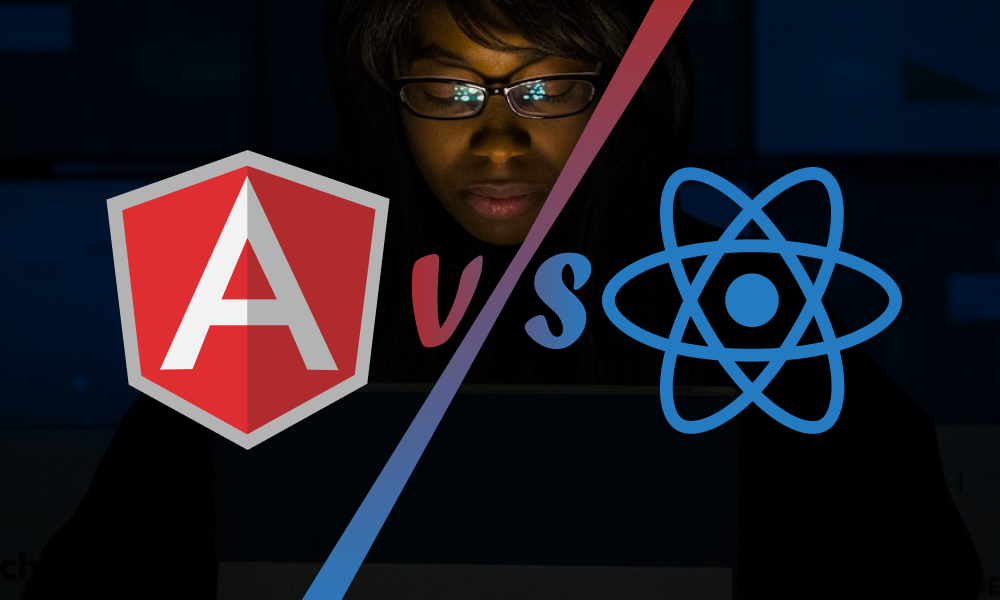In the competitive landscape of Software as a Service (SaaS), customer acquisition is often one of the biggest challenges for startups. With limited budgets and a market saturated with options, traditional sales-led or marketing-led strategies may not be sufficient for rapid growth. Product-led growth (PLG), a go-to-market strategy that leverages the product itself as the primary driver of customer acquisition, conversion, and expansion, has emerged as a powerful tool for SaaS startups to achieve faster growth. This approach offers a more scalable and cost-effective means to attract, engage, and retain customers by putting the product at the forefront.
This article explores the concept of PLG, why it’s beneficial for SaaS startups, and actionable strategies to implement a successful PLG model. We’ll also look at how companies like Skywinds Solutions can support SaaS startups in achieving their product-led growth goals through effective app development and growth-focused solutions.
Table of Contents
Understanding Product-Led Growth (PLG) in SaaS
What is Product-Led Growth?
Product-led growth is a business methodology where the product itself drives acquisition, expansion, and retention. It allows customers to experience the value of the product firsthand, leading to a self-sustaining growth loop where users convert to paying customers after experiencing the product’s benefits. This model contrasts with traditional sales-led approaches, where marketing or sales teams are primarily responsible for customer acquisition and product adoption.
In a PLG strategy, the product takes center stage as the most significant driver of user acquisition and revenue. Successful PLG companies, such as Slack, Dropbox, and Zoom, leverage the “try-before-you-buy” model to showcase the product’s value and get users invested. This approach capitalizes on a user’s natural discovery process, leading to an organic, word-of-mouth-driven growth cycle.
Why PLG Works for SaaS Startups
For SaaS startups, PLG offers several advantages:
- Lower Customer Acquisition Cost (CAC): By allowing users to self-onboard and self-educate, PLG minimizes the need for extensive marketing and sales efforts, reducing CAC.
- Faster Scaling: PLG enables rapid scaling by removing friction in the acquisition process and allowing users to quickly access, experience, and benefit from the product.
- Increased Customer Retention: Since customers have had a chance to explore the product’s value independently, they are more likely to remain loyal, leading to higher retention rates and customer lifetime value (LTV).
- Better Product-Market Fit: PLG helps startups quickly identify and address user needs and feedback, allowing for an agile approach to refining the product-market fit.
Key Components of a PLG Strategy for SaaS Startups
To implement a PLG strategy, SaaS startups should focus on several critical components to ensure the product becomes the primary driver of growth.
1. Deliver a Freemium or Free Trial Experience
Offering a free version or trial of your product is central to a PLG strategy. By providing prospective customers with a no-strings-attached way to experience the product’s value, startups can attract more users and reduce acquisition barriers.
- Freemium Model: A freemium model offers a free, basic version of the product with the option to upgrade to a premium version. Users get immediate access to essential features and can upgrade as they see fit.
- Free Trial Model: Free trials offer full access to the product for a limited period, giving users a feel for the complete experience. Time-bound trials often encourage users to make a purchase decision sooner.
2. Optimize Onboarding for Quick Activation
User onboarding is crucial to a successful PLG approach. The onboarding process should enable users to experience the product’s core value as quickly as possible. Successful onboarding keeps users engaged and leads to faster conversions.
- Streamline Registration: Simplify the sign-up process, requiring only essential information to minimize friction and speed up access.
- Showcase Core Features Early: Guide users to interact with high-value features quickly, helping them understand how the product meets their needs.
- In-App Guidance: Use in-app cues, tutorials, or pop-ups to guide users through key actions, ensuring they become familiar with the product.
3. Focus on the Product’s Value and Use Cases
A PLG strategy hinges on showcasing the product’s value to users. This requires a deep understanding of your audience’s specific needs and positioning the product to address these needs effectively.
- User Segmentation: Segment users based on their usage patterns and target high-value users with personalized in-app suggestions.
- Value-Driven Messaging: Create messaging that highlights key benefits and communicates why your product stands out.
- Case Studies and Use Cases: Share case studies and real-world use cases, so users can envision the practical applications of your product.
4. Incentivize Virality and Referrals
To amplify product-led growth, it’s essential to build viral loops and referral mechanisms directly into the product. This allows your satisfied users to spread the word organically, driving new users to your platform.
- Referral Programs: Encourage users to refer friends or colleagues by offering rewards like discounts, additional features, or credits.
- Built-In Sharing Features: Make it easy for users to share their experience with the product by integrating social sharing buttons and creating shareable content.
- Collaborative Features: Include features that allow users to invite others (e.g., collaboration tools in software), encouraging team onboarding and viral adoption.
5. Measure and Optimize Key PLG Metrics
For a PLG strategy to be effective, it’s essential to track metrics that reflect product usage, user engagement, and growth. These metrics help startups understand how well their product is meeting user needs and where to optimize for better retention and conversion.
- Activation Rate: Measure the percentage of users who reach a predefined value metric or “aha” moment, indicating a successful onboarding.
- Engagement Rate: Track how frequently users are engaging with key features, giving insight into which features drive the most value.
- Retention Rate: Measure the percentage of users who continue to use the product over time, reflecting user satisfaction and product stickiness.
- Net Promoter Score (NPS): Understand user satisfaction by gauging how likely they are to recommend your product to others.
Implementing PLG in SaaS: Best Practices
While understanding the components of PLG is crucial, executing the strategy requires aligning organizational resources and a customer-centric approach. Here are some best practices for implementing PLG in SaaS startups:
Emphasize Continuous Product Improvements
Product-led growth thrives on a product that continually improves. Listen to user feedback, prioritize product updates, and fix any pain points quickly. This agile approach to product development aligns with the evolving needs of users and enhances customer loyalty.
Align the Entire Organization Around Product-Led Principles
In a PLG model, everyone from product to marketing to customer success should work towards the goal of creating a product that naturally attracts and retains users. Organizational alignment ensures that every team prioritizes user experience and focuses on how to drive growth through the product.
Invest in Customer Success and Support
Although PLG reduces the need for heavy-handed sales approaches, a strong customer success team is still vital. Customer success teams help guide users through the product, gather valuable feedback, and increase retention. For SaaS startups, customer success is an important extension of a PLG approach as it ensures users gain value over the long term.
Leverage Data Analytics for Continuous Growth
In a product-led environment, data plays a pivotal role. Leverage analytics to monitor user interactions, identify which features drive engagement, and detect churn signals. Use this data to make informed product decisions, adjust onboarding flows, and enhance user satisfaction.
Skywinds Solutions: Powering Your Product-Led Growth
Skywinds Solutions is a trusted partner for SaaS startups aiming to harness the power of product-led growth. By offering end-to-end SaaS app development services, Skywinds Solutions can help you create a product that captivates users and drives growth from the start. Their team of experts specializes in creating intuitive, user-friendly applications tailored to the unique needs of your business, positioning your product as the catalyst for customer acquisition and retention.
Whether you’re launching a new SaaS product or enhancing an existing one, Skywinds Solutions provides the tools and expertise to implement an effective PLG strategy that drives measurable results. With a focus on seamless UX/UI, agile development, and data-driven growth strategies, Skywinds Solutions helps SaaS startups unlock their product’s potential and achieve faster customer acquisition.
Visit Skywinds Solutions today to learn more about how they can support your SaaS app development and help you implement a successful product-led growth strategy.
Conclusion
Product-led growth offers a transformative approach for SaaS startups seeking to achieve rapid customer acquisition and retention. By centering the product experience, SaaS companies can reduce acquisition costs, accelerate scaling, and increase user satisfaction—all while fostering a self-sustaining growth loop driven by customer experience and product value.
As the SaaS landscape grows increasingly competitive, embracing a PLG strategy can provide startups with a critical edge. From freemium models to referral programs and data-driven optimizations, each component of PLG can be tailored to drive maximum impact. With Skywinds Solutions as your partner, building a product that propels your business forward has never been easier.


